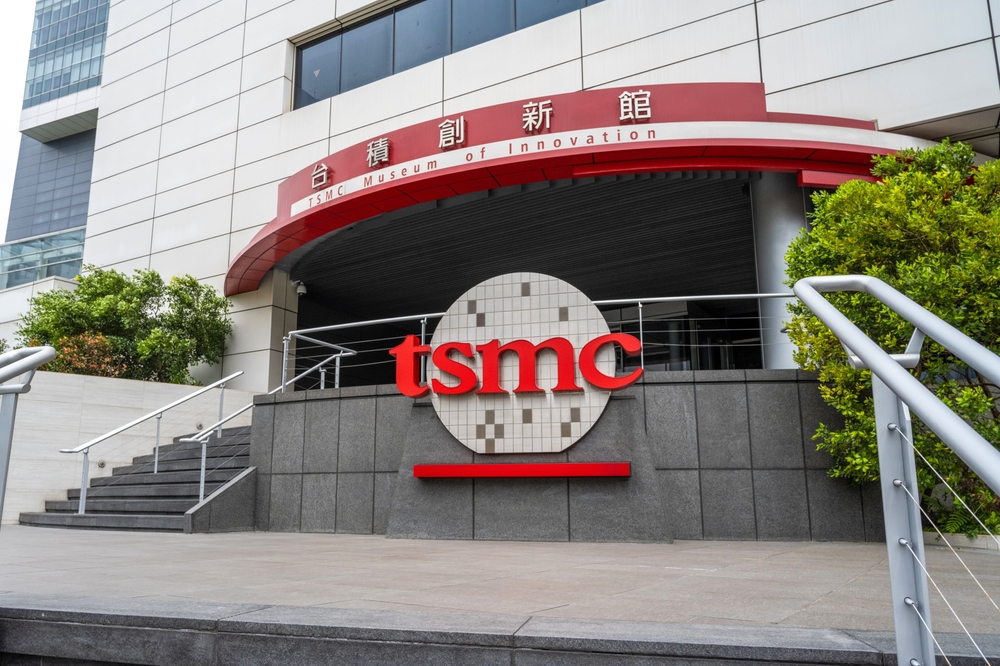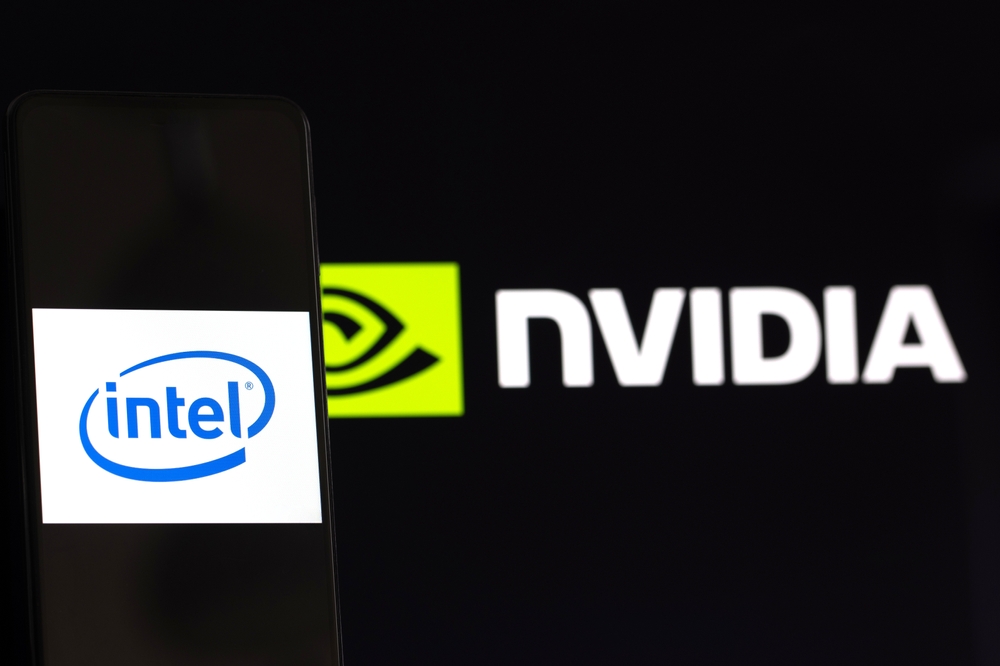
TSMC: The Largest Chipmaker Once Again Confirms Its Dominance
Taiwanese semiconductor manufacturer, TSMC, has once again proved with its latest quarterly results why it is considered number 1 in its segment. In Q3, the company beat analysts' expectations of the London Stock Exchange Group (LSEG) on almost all key indicators. Revenue reached TWD 989.9 billion (approximately $33.1 billion), up 30% year-over-year, with net profit up 39%.
 English
English
 Slovak
Slovak
 Czech
Czech
 Hungarian
Hungarian
 Italiano
Italiano
 Polish
Polish




